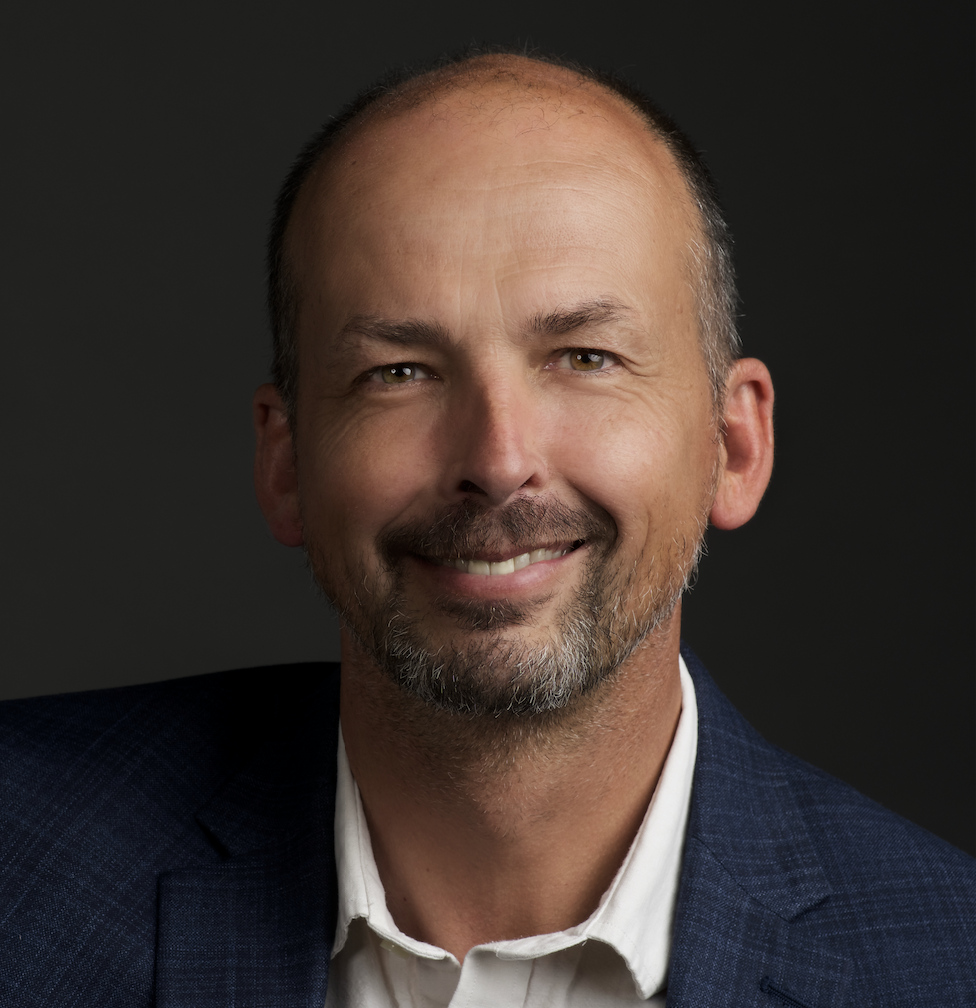Sooo, many of us are working together. I feel connection to a broad community that wants to work well and learn well together. For me, this shows up in varied communities of pracitce. The Art of Hosting, the World Cafe network, the PeerSpirit network, the Open Space community. And in many individuals. Many of us are trying to answer questions about how to get the work done. How to work in collaboration? In complexity? Through the “yah, buts.” Here’s a thread that has much life for me now, drawing from all of the above, and many individuals, and the Appreciative Approach.
1. What is working? — In any system, something is working. To orient to this question is to witness some of the good. It honors the commitment of people, of teams, of communities and all of the imagining that has gone into the current state. It doesn’t require us to stay in that state. This in fact is part of the pattern to practice forward. Yesterday’s brilliant solutions can become today’s ugly problems — that’s what dynamic environments do. Noticing what is working gives us access to what we can build upon, or in some cases, see the underlying process that we need for the next new.
2. What is possible? — Oh, it does so much good to invite people to dream. To access that part of them, that innate part that so wants to create. Create solutions. Create definitions. Be adaptive. Be in collaboration. I have worked so often with the motto, slow down to speed up. Being in the question of what is possible creates the energy and clarity for speeding up to get to all of those good results that we so crave. Being in this question also reforms relationships. It moves us from what can be ruts of problem solving, of problems, into that more generative state of creation, of real time learning, begining wherever we are.
3. What do we choose? — Aren’t there always several choices. And many of them are good. To have no choice has always felt very unreal to me. An illusion. What obsession with speed and efficiency clokes. To reintroduce choice is to reintroduce the brilliance of our adaptiveness with each other. I often feel like there are 37 (or more) good choices. In good relationship, most of those will work well. Use our intution to commit to one of those with some time agreements. Perhaps for the next year or the next six months. The simple act of recalling choice activates so much hope in myself and in others.
4. Follow the spark of yes. — This is response to the question of how. It is in response to the question of who should be involved, where to start? This has a metaphysical feel. It should. It is a choice of organzing. Beyond are immense, heroic efforts to structure life, I have often felt and tried to practice following the spark of yes. People show up. Clarity of mind. Intuition — the things the heart can know that the mind can’t know. All of this takes a practice and can feel kind of funny because it breaks with many habits so highly honored in leadership practice. The legitmacy of the spark of yes comes from a bias of organizations as living systems, and as such, with capacity to self-organize. Order for free, as Meg Wheatley often says.
These are just brief blurbs. Each is a practice, a life practice. Each is best done in the company of others. Muck it up. Do it well. Forget. The way that most of life is. But also the way that most practices are. To initially learn a physical skill can be awkward, but then something that evolves into unconscious body memory. When taken seriously / playfully, I find they open the path, and a great choice of principle of what to organize around.
Thanks in particular, Teresa Posakony, Chris Corrigan, Peggy Holman, fabulous colearners and workshops leaders and community learners for these stirrings.
